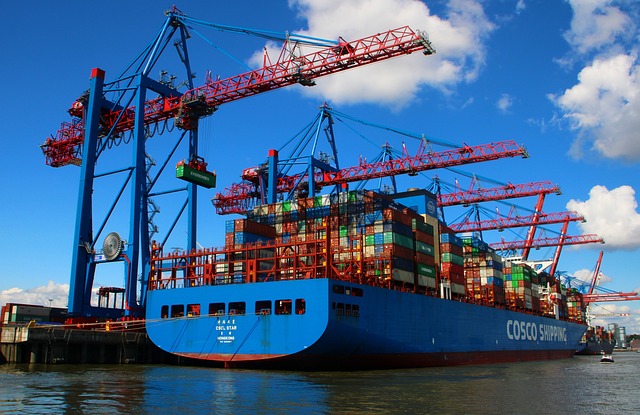
- UNCTAD warns failing investments, subdued global trade to cause further economic deceleration this year
- Interest rate cuts may improve fiscal outlook for governments, businesses
- Monetary policy alone will not solve serious global challenges
- The report noted increasing challenges faced by the world’s maritime trade routes, crucial for global commerce
Last year’s global economic slowdown was not as severe as expected, but continued growth deceleration can be expected this year, according to a latest UN Trade and Development (UNCTAD) report.
Rebeca Grynspan, secretary-general of UNCTAD, batted for concerted multilateral action and a balanced policy mix as keys to safeguarding the global economy.
Grynspan said developing countries are more seriously affected by shifting trade patterns, soaring debt, and the mounting cost of climate change.
And while interest rate cuts may improve the fiscal outlook of governments and business, monetary policy alone is not seen to solve serious global challenges.
Grynspan pointed to two critical areas that need to be addressed to restore trust in the multilateral system and prevent further fracture.
She called for “coordinated multilateral efforts to address the asymmetries of international trade and marker concentration.”
“Borrowing countries need more fiscal flexibility to reach the Sustainable Development Goals,” she said in a statement, adding that this can only be achieved “through an inclusive and global reform of the global financial safety net.”
Majority of the central banks of developed countries aggressively hiked interest rates since early 2022 to combat inflation, but the tactic failed to full consider supply chain issues from COVID-19 and greater market dominance, which led to higher prices and profits.
Last year’s experience showed that supply-related issues and not just demand had contributed to earlier inflation. But it also belied fears that rising wages would drive up prices.
Last year, the global economy grew by 2.7% but international trade in goods slipped by 1%. And while there are some signs of a recovery this year, “it’s unlikely that merchandise trade will be a significant driver of growth” this 2024, according to UNCTAD.
READ: Trade growth likely in 2024 despite challenges — WTO
The report from the UN body noted there are increasing challenges faced by the world’s maritime trade routes, crucial for global commerce.
The Russian invasion of Ukraine had already caused disruptions in the Black Sea, but escalating attacks on ships plying the key route also began in November 2023.
Then there is the drought that has affected trade through the Panama Canal.
As such, only subdued growth can be expected in global merchandise trade in 2024. Prospects for services trade, however, are “relatively better.”
The UNCTAD report warned of rising protectionism, trade tensions, and geopolitical uncertainty.
A good number of developing economies are facing significant debt and other challenges, at a time of declining aid. Of late, private creditors have shown little eagerness to extend loans to developing countries.
Between 2021 and 2022, net transfers on public and publicly guaranteed debt from private creditors “switched from an inflow of over $40 billion to an outflow of nearly $90 billion.”
The present crisis “is rooted in structural issues, arising from sluggish economic growth, widespread tax avoidance, commodity dependence, and the cost of climate change,” said the UNCTAD report.
Most of all, food prices continue to rise in developing countries, hurting mostly low-income households.
The UNCTAD report cites several factors contributing to the rise in global food prices, including significant concentration within global food value chains, stricter standards imposed by importing nations on food products, and the growing influence of finance on commodity markets.
If current market trends continue, around 600 million people will be chronically undernourished by 2030, says projections from the UN Food and Agriculture Organization.








